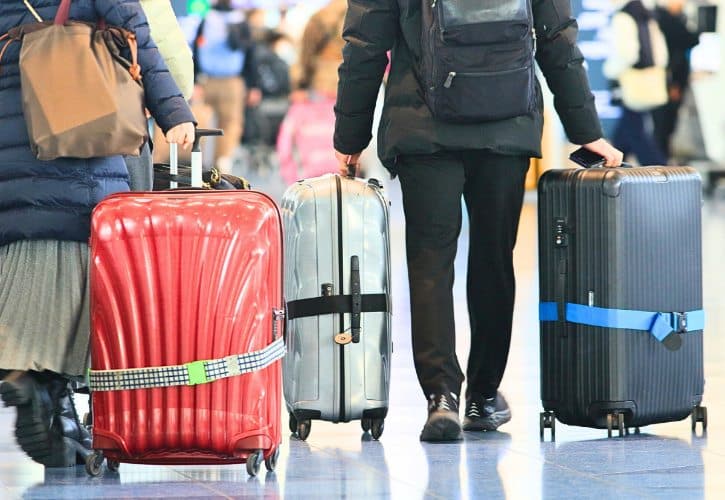
Ready for your trip to Japan? Packing smart can help you feel relaxed and prepared.
Here’s a helpful guide with 10 must-have items to pack, plus 3 things you shouldn’t bring along.
I hope this list makes your packing easier and helps you have a wonderful time in Japan! 😊
10 Essential Items to Pack for Your Japan Trip
1. Clothing
Below is a guide to the general climate in Japan, but it’s best to check the weather forecast closer to your travel date so you can make final adjustments to your packing.
a. Spring (March–May)
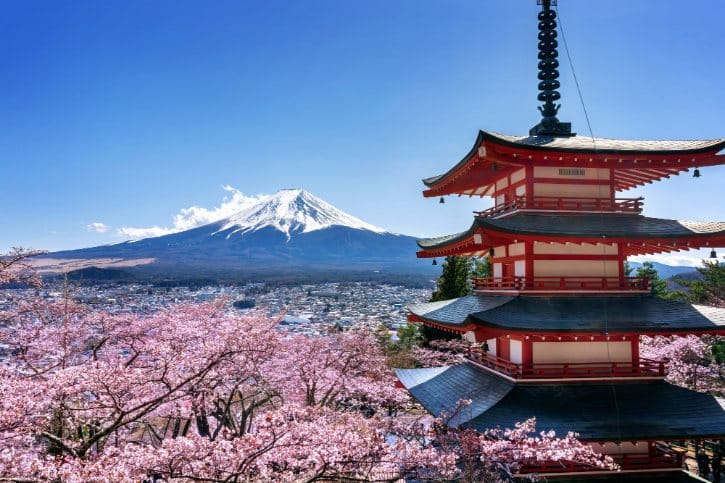
- Layers: Pack long-sleeve shirts, T-shirts, and a light jacket or cardigan for changing temperatures.
- Rain Gear: Bring a compact umbrella or light raincoat, as showers are common, especially later in spring.
- Shoes: Comfortable closed-toe shoes are best for walking.
b. Summer (June–August)
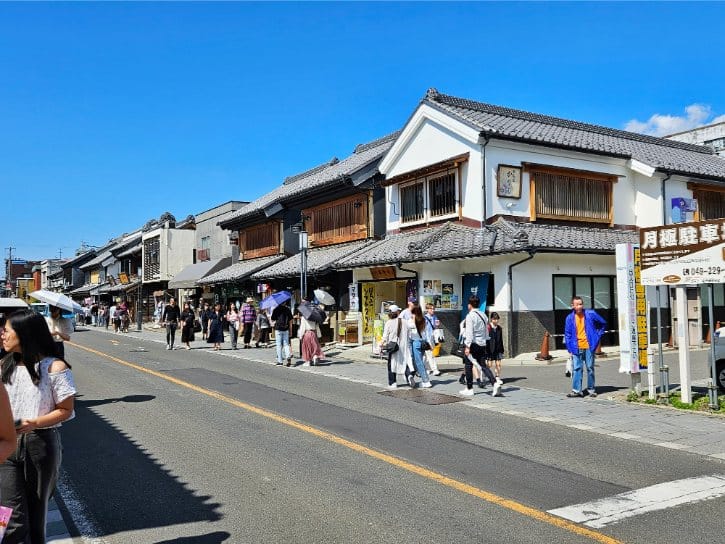
- Lightweight Clothes: Pack breathable shirts, shorts, skirts, and loose clothing due to heat and humidity.
- Rainy Season (June–July): Always carry a small umbrella or rain jacket for sudden showers.
- Sun Protection: Take sunglasses, sunscreen, and a hat; the summer sun can be strong.
- Footwear: Bring sandals or breathable sneakers that dry quickly.
- Cooling Items: Carry a small towel, hand wipes, or a portable fan to stay comfortable.
c. Autumn (September–November)
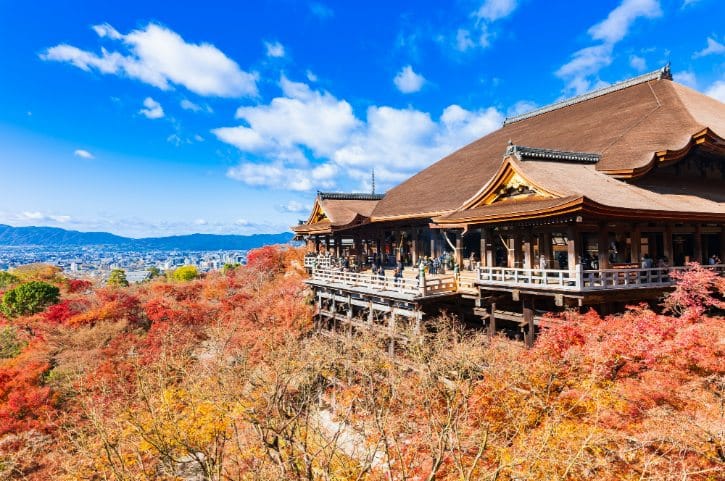
- Layers: Include T-shirts, long-sleeve tops, a sweater, and a medium-weight jacket as temperatures vary widely.
- Pants: Pack comfortable jeans or pants; leggings or tights help on colder days.
- Shoes: Comfortable sneakers or boots are ideal, especially if walking or hiking.
- Umbrella: A compact umbrella can help during early autumn rains.
d. Winter (December–February)
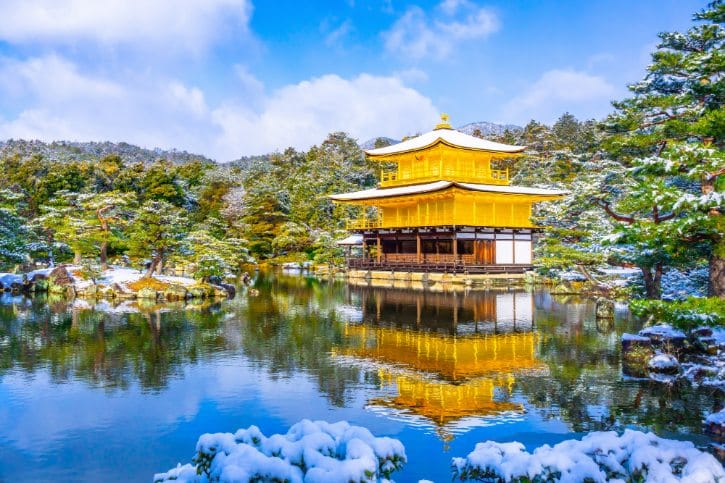
- Warm Clothing: Pack a thick coat, sweaters, and thermal underwear (like HeatTech).
- Accessories: Gloves, scarf, and a warm hat or beanie are essential in colder months.
- Waterproof Shoes: Bring waterproof boots if visiting snowy areas or comfortable shoes with warm socks for cities.
- Hand Warmers: Disposable hand warmers (“kairo”) from convenience stores can keep you comfortable outdoors.
e. Special Regional Climates

- Hokkaido (Northern Japan): Winters are colder with heavy snow. Bring heavier winter clothing, insulated boots, and thermal layers. Summers are cooler, so include a jacket even then.
- Okinawa (Southern Japan): Mild winters and hot, humid summers. Pack light clothing year-round, plus swimwear and rain gear. Rainy season is May–June, with typhoons possible June – September.
f. Laundry

- Hotel Laundry: Choose hotels with coin-operated washing machines and dryers to pack fewer clothes and travel lighter.
- Convenience: Machines are affordable (around ¥300–¥700 per load), easy to use, and often include simple English instructions.
- Easy Instructions: Wash (“洗濯”) and dry (“乾燥”) buttons are clearly marked.
- Save Time & Space: Doing laundry mid-trip saves luggage space, keeps clothes fresh, and avoids bringing home piles of dirty laundry.
Read More:
2. Portable Phone Charger
a. Why It’s Essential
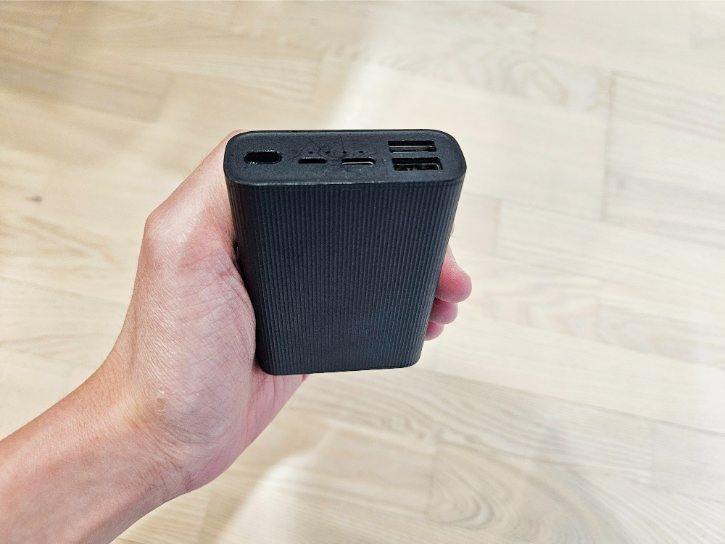
- Long Travel Days: You’ll spend many hours sightseeing and traveling. A portable charger ensures your phone won’t die when you’re far from your hotel.
- Frequent App Usage: You’ll rely heavily on apps for navigation (Google Maps, Japan Travel by NAVITIME), translations (Google Translate), and train schedules. These quickly drain your battery.
- Taking Photos and Videos: Capturing photos and videos of your trip quickly uses up battery power.
- Limited Charging Stations: Public charging stations are uncommon in Japan, especially on local trains or in rural areas. Your portable charger keeps you from hunting for outlets.
- Digital Tickets and Reservations: Many tickets (like bullet trains or museums) and hotel bookings are digital. A charger makes sure you can always access them.
- Communication Needs: Translation apps are battery-intensive. A portable charger ensures you can always communicate or translate signs and menus.
b. Airline Rules on Portable Charger Battery Size (Wh Limits)
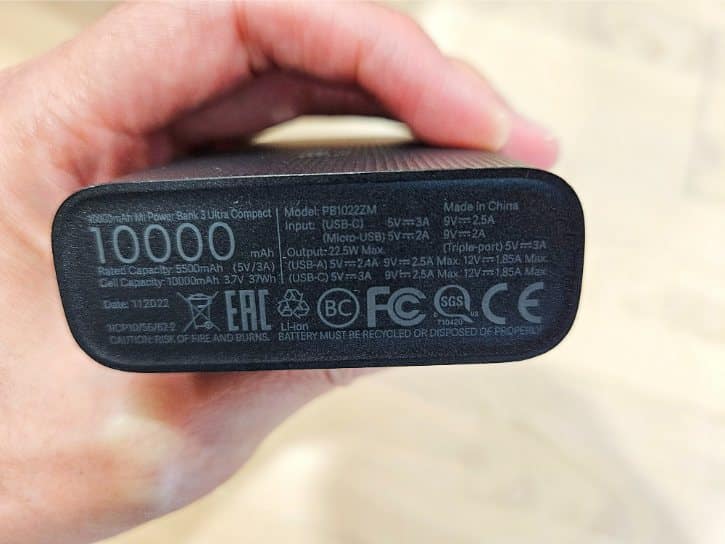
- Carry-on Only: Always pack your portable charger in your carry-on bag. Airlines don’t allow power banks in checked luggage due to safety risks.
- Under 100 Wh (Recommended): Most common phone chargers (10,000–20,000 mAh) are under 100 Wh and allowed without restrictions.
- 100–160 Wh (Airline Approval Required): Larger chargers (27,000–43,000 mAh) need airline approval and are limited (usually max two per passenger). To avoid hassle, stick to under 100 Wh if possible.
- Over 160 Wh (Prohibited): Chargers over 160 Wh (around 50,000 mAh or more) are completely prohibited on flights.
- Check Watt-hour (Wh): Look on your charger’s label for the Wh rating. If only milliamp-hours (mAh) are shown, calculate Wh by: (mAh ÷ 1000) × 3.7. For example, a 20,000 mAh charger is about 74 Wh.
- Safety Packing Tips: Keep your charger safely stored in your carry-on, away from metal objects. Don’t charge the power bank itself during the flight.
Read More: 10 Things You Shouldn’t Pack in Carry-On Luggage
3. Universal Travel Adapter
a. Outlet Types in Japan

- Main Outlet Type (Type A): Japan uses mainly Type A outlets, with two flat parallel prongs. It’s the same as outlets in the U.S. and Canada.
- Visitors from U.S./Canada: Your devices usually plug directly into Japanese outlets without needing an adapter, unless they have three prongs.
- Visitors from Europe/UK/Australia/Singapore/Philippines: You must bring a universal travel adapter, as your plugs won’t fit Japan’s Type A outlets.
- Buying Adapters in Japan: If you forget an adapter, you can easily buy one at electronics stores like Bic Camera, Yodobashi Camera, or general stores like Don Quijote.
b. Voltage Differences
- Japan’s Voltage: Japan runs on 100 volts, which is lower than many other countries (U.S. is 120V, Europe/Australia is 220-240V).
- Frequency (50Hz/60Hz): Eastern Japan (Tokyo area) uses 50Hz, and western Japan (Osaka area) uses 60Hz. Most modern electronics handle this difference without problems.
- Check Your Device Label: Verify your devices say “100–240V” to confirm compatibility. If not, you’ll need a voltage converter.
c. Why Need It
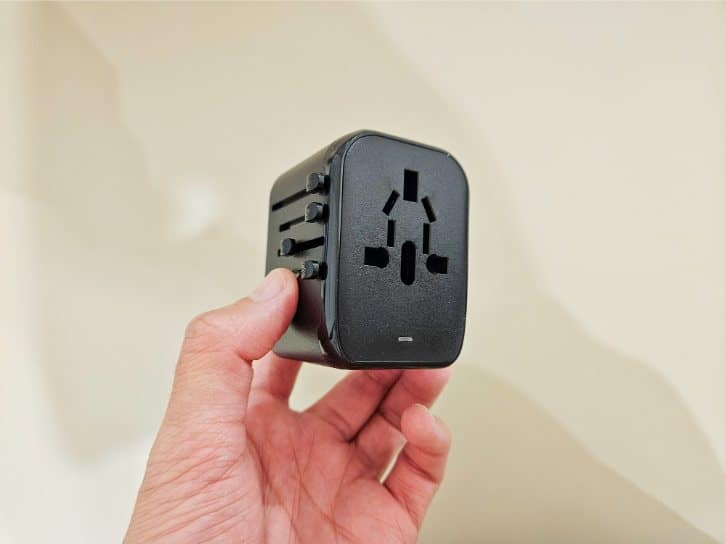
- Plug Compatibility: A universal adapter makes sure your device’s plug shape matches Japan’s outlets if coming from a country with different plug shapes.
- Adapter vs. Converter: A plug adapter only fits the outlet; it does not change voltage. A voltage converter adjusts electricity voltage for your device.
- Phones & Laptops: Usually only need a plug adapter, as most chargers are designed for worldwide use (100–240V).
4. Plastic Bag

- Few Public Trash Bins: Japan has few public trash bins on streets or sightseeing spots. Carry plastic bags to hold your trash until you’re back at your hotel.
- Convenience Store Bins: Convenience stores provide trash bins mainly for their customers. If you buy something there, you can throw away your trash in their bins.
- Coin Laundry Convenience: Laundromats in Japan usually provide detergent but not laundry bags. Bring plastic bags to easily transport your clothes to and from coin laundries without hassle.
5. Reusable Bag
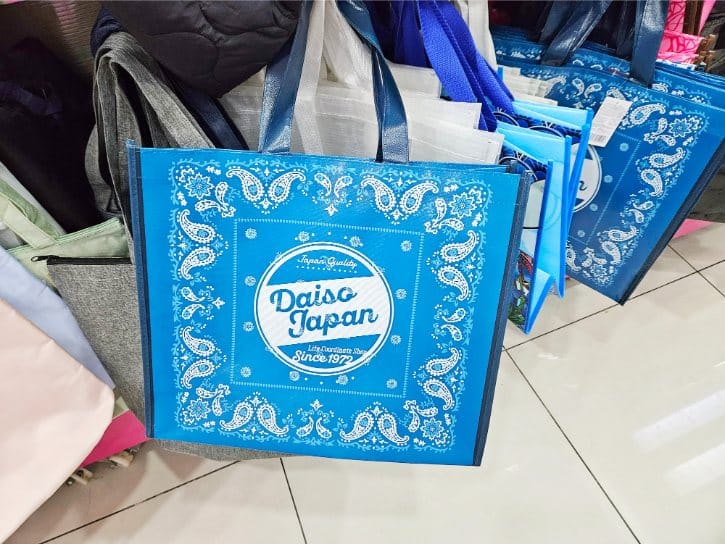
- Plastic Bag Fee: Shops in Japan charge about ¥3–¥5 per plastic bag. Bringing your own reusable bag saves money each time you shop.
- Convenience: Stores don’t give free bags anymore. Having your reusable bag ready makes shopping easier and faster, especially if visiting several stores.
- Eco-Friendly Culture: Most people in Japan use their own eco-bags to reduce plastic waste. Bringing yours helps you fit in and supports local environmental practices.
- Convenience Stores: Staff usually hand items directly to you without a bag unless you ask for one. Your reusable bag makes carrying items much easier.
6. Day Bag

- Crowded Transport: Trains and buses in Japan get very crowded, especially during rush hours. A small day bag lets you move around comfortably without bumping into others.
- Hands-Free Sightseeing: With a bag, your hands stay free. It’s easier to take photos, use maps, or enjoy snacks without juggling your belongings.
- Carrying Essentials: You’ll need your phone, wallet, passport, snacks, water, hand sanitizer, and small towel during daily outings. A compact bag neatly holds these, avoiding overloaded pockets.
- Tight Spaces: Shops, restaurants, shrines, and temples can be narrow or crowded. A small day bag fits better, making it easier to navigate tight areas.
- Weather Ready: Japan’s weather changes quickly. Keep a small umbrella, raincoat, or extra layer handy in your bag so you’re prepared for rain or temperature shifts.
- Limited Trash Bins: Japan has few public trash cans. Carry a small bag for wrappers or empty bottles until you find proper disposal.
7. Folding Umbrella
a. Why You Need It

- Hot Summer (July–August): Summers are hot with strong sun; a UV-protection umbrella keeps you cool and prevents sunburn.
- Rainy Season (June–mid-July): Frequent, heavy rains every day. You’ll definitely need an umbrella.
- Typhoon Season (August–September): Sudden, heavy downpours and strong winds are common; an umbrella is essential.
- Year-Round Rain: Japan can have unexpected rain any time. Carrying an umbrella daily is common for locals, and you’ll benefit from doing the same.
b. Tips for Choosing an Umbrella

- Compact Size: Small folding umbrellas easily fit into bags.
- Lightweight: Comfortable for daily carrying.
- Wind-Resistant: Pick an umbrella designed to handle wind, especially important during typhoon season.
- Quick-Drying: Umbrellas with water-repellent fabric dry faster and are easier to store in your bag without a mess.
- UV-Protection: Consider umbrellas labeled “UV-CUT” for sun protection during hot, sunny days.
c. Where to Buy If You Forget Your Umbrella

- Convenience Stores (7-Eleven, Lawson, FamilyMart): Available everywhere, simple umbrellas suitable for immediate use.
- 100-Yen Shops (Daiso, Seria): Very affordable but basic quality, suitable as a temporary solution.
- Department Stores (AEON, Loft, Muji, Uniqlo): High-quality, durable umbrellas, ideal for longer-term use.
8. Cash
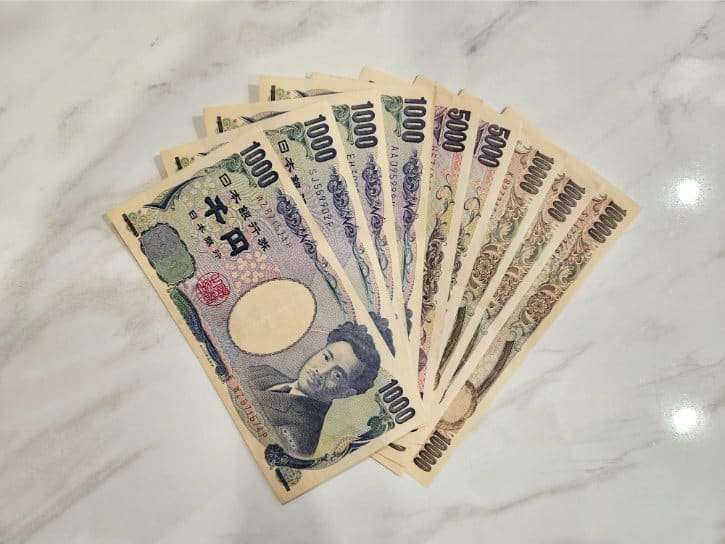
- Cash Culture: Japan still prefers cash in many places. Locals often carry cash, so having yen is practical.
- Small Shops & Restaurants: Many small eateries, street food stalls, and family-run businesses accept cash only.
- Rural Areas: Credit cards or digital payments may not be accepted outside big cities, so always carry cash when traveling to smaller towns.
- Vending Machines: Most vending machines only take coins or small bills.
- ATMs: If you need more cash, visit 7-Eleven convenience stores. Their ATMs accept foreign cards and are open 24/7.
9. Coin Purse
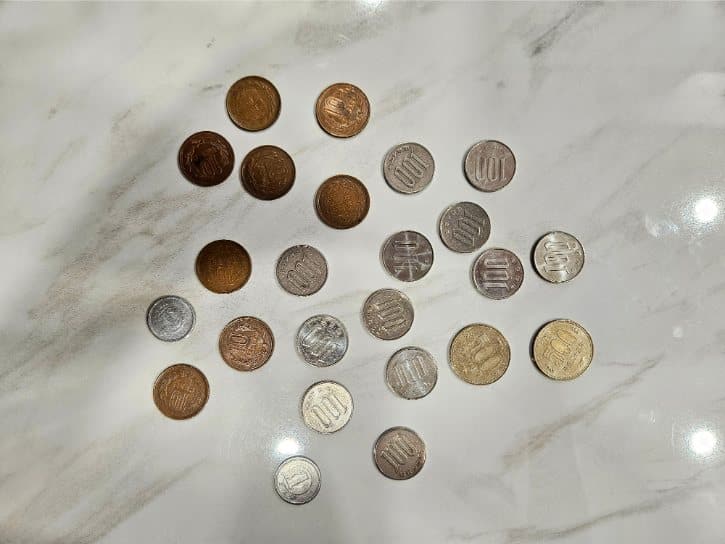
- Cash is Common: Japan still uses cash often, especially coins. You’ll get coins frequently when you shop or eat, so keeping them organized is helpful.
- Lots of Coins: Japan has six different coins (¥1, ¥5, ¥10, ¥50, ¥100, ¥500). Coins can pile up quickly, and a coin purse makes it easy to handle and carry them around.
- Temples & Shrines: You’ll need coins for offerings (often a ¥5 coin), fortunes, or charms (usually around ¥100). Having coins ready makes these visits smoother and more respectful.
- Convenience Stores and Supermarkets: If you have many coins, you can easily spend them at convenience stores (7-Eleven, FamilyMart, Lawson) or supermarkets. They have self-service payment machines that accept all coins, even ¥1, so you can quickly use your extra change.
10. Thermal Water Bottle
a. Why Need It
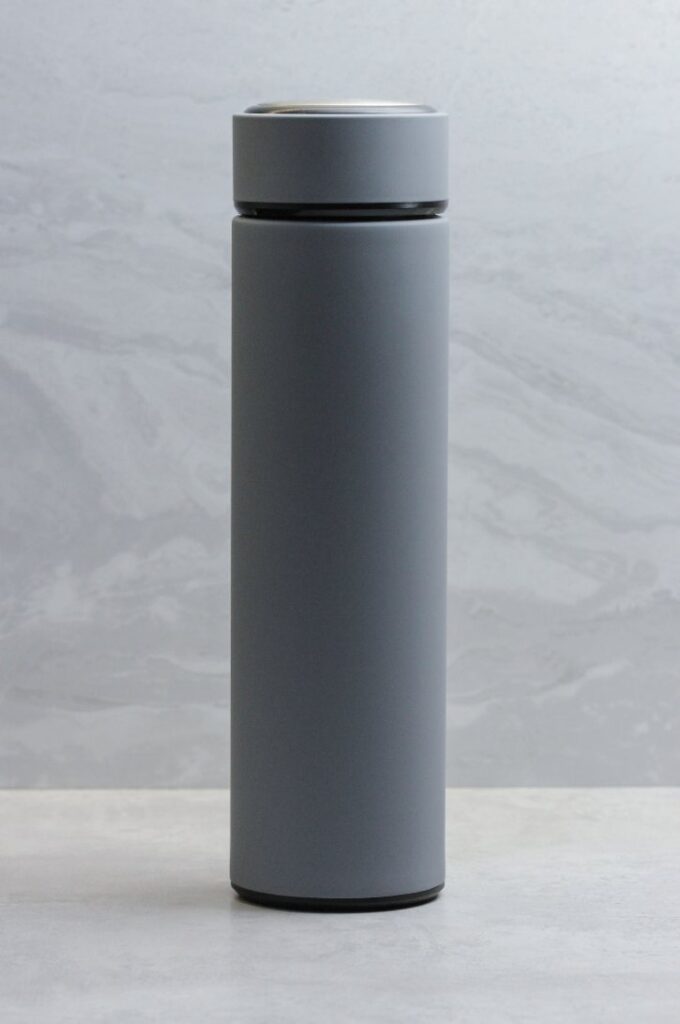
- Convenient Access to Hot Beverages: Travel comfortably by storing hot water from the hotel kettle in your thermal bottle. Enjoy coffee, tea, or warm drinks anytime, especially during early mornings or while on-the-go sightseeing.
- Easy to Pack & Carry: This thermal water bottle is compact, lightweight, and fits easily into your luggage, making it ideal for travel.
- Keeps You Warm in Cold Weather: Fill your thermal bottle with hot beverages to help maintain warmth and comfort during chilly weather, making your travels more enjoyable and relaxing.
b. When Using a Hotel Kettle
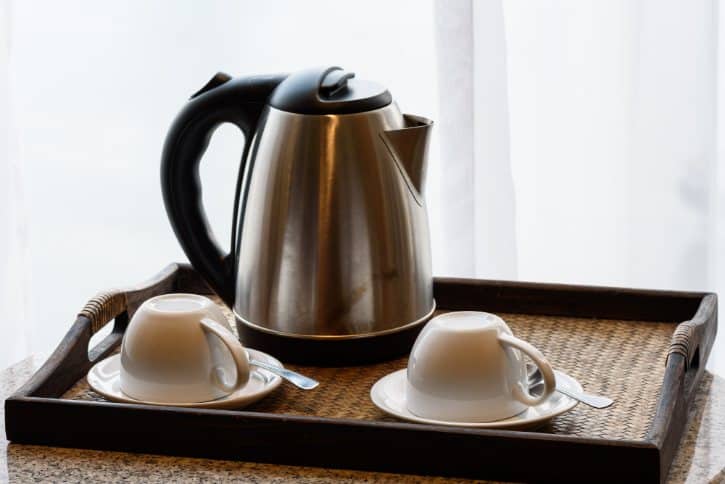
- Check Inside First: Open the kettle and look inside carefully. Make sure there’s no dirt, stains, or leftover water from previous guests.
- Rinse Thoroughly: Fill the kettle with fresh water, boil it once, then discard this first batch of water to clean the inside.
- Inspect for Smells: After boiling water and emptying the kettle, check carefully for unusual odors. If you notice any unpleasant smells, request hotel staff to replace it with another kettle before use.
- Clean with Hot Water Again: If you’re unsure about cleanliness, boil and discard water a second time to be safe.
3 Items to Avoid Bringing to Japan
1. Counterfeit Luxury Goods

- Illegal in Japan: Carrying fake luxury goods into Japan is against the law, even if it’s just for personal use.
- Customs Confiscation: Japanese customs regularly inspect belongings. If they find counterfeit items (like fake designer bags or watches), they’ll take them away immediately, and you won’t get them back.
- Risk of Delays: Being caught with counterfeit items can cause lengthy questioning and paperwork at customs, delaying your entry and disrupting your travel plans.
- Strict Enforcement: Japan actively cracks down on fake luxury goods. Customs officers are highly trained and frequently find counterfeit products.
2. Hair Dryers
a. What Hair Dryers Not to Bring
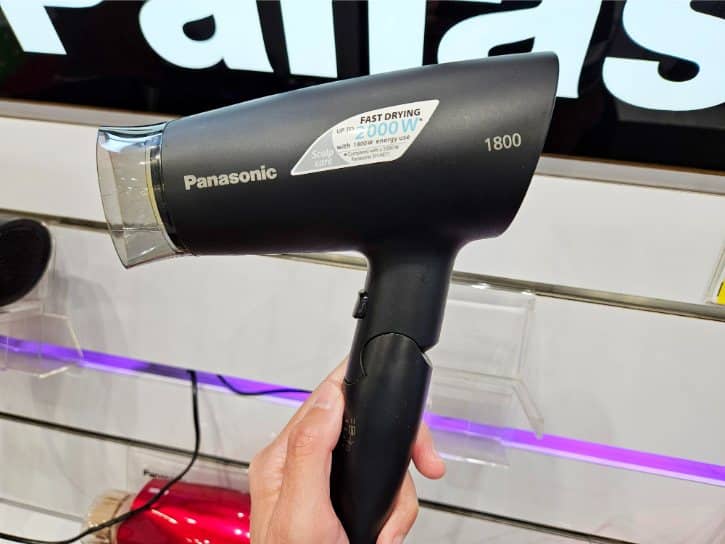
- High-wattage Hair Dryers: Japanese outlets support a maximum of about 1500 watts. Hair dryers exceeding this wattage will not function properly or won’t work at all.
- Voltage Converters: Heavy, bulky, and inconvenient. Small adapters alone won’t convert voltage, so they won’t fix this issue.
- Recommendation: Only bring dual-voltage hair dryers clearly labeled 100–240V and under 1500 watts, or buy one locally after arrival.
b. Where to Buy and Alternative Solution
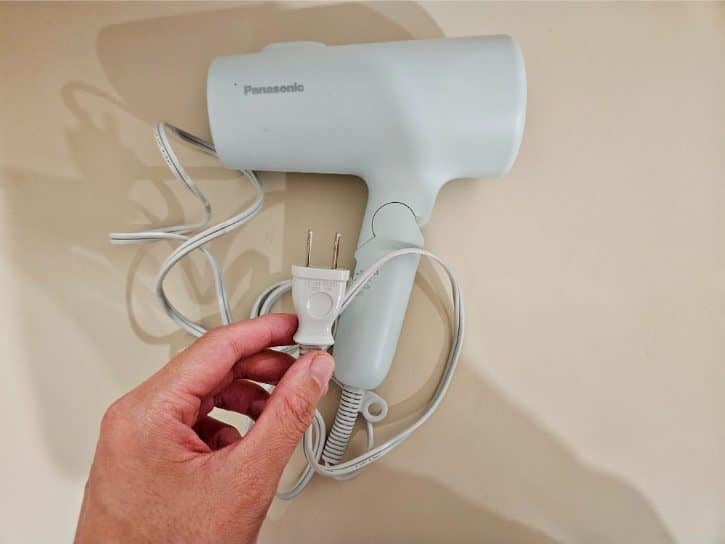
- Bic Camera & Yodobashi Camera: Large electronics stores near major train stations with many hair dryer options, including dual-voltage models.
- Hotel Hair Dryers: Typically provided in your room or available at reception. Usually basic but adequate if you’re traveling light or prefer convenience.
3. Prohibited Drugs and Medications
a. Drugs and Medications Not Allowed in Japan

- Narcotics: Drugs like heroin, cocaine, MDMA, opium, and cannabis are strictly not allowed in Japan.
- Stimulants: Drugs such as methamphetamine and amphetamine are illegal, even if allowed in your home country.
- Psychotropic Medications: Some prescription medicines, including certain anxiety treatments, might not be permitted. Check carefully before you travel.
- Check Before Traveling: Rules can change. Before your trip, review Japan’s controlled substances list or visit the Ministry of Health, Labour and Welfare of Japan website for the latest details.
b. Medicines and Supplements Allowed Without Special Permission
- Prescription Medicines: You can bring prescription medication for personal use, up to a 1-month supply. Make sure to carry your prescription or doctor’s note.
- Over-the-Counter Medicines: Common medications are allowed for personal use, up to a 2-month supply.
- Vitamins and Supplements: Vitamins and dietary supplements in personal-use amounts are allowed without special permission.
Read More: 10 Things You Can’t Bring Into Japan
Related Posts
Photo Credit:
Photos by PIXTA

